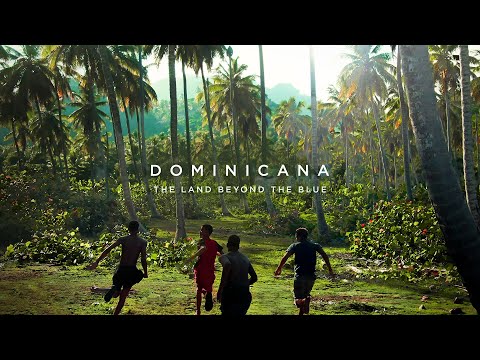
Nestled in the heart of the Caribbean, the Dominican Republic is a beacon of vibrant culture, breathtaking landscapes, and rich history. More than just pristine beaches and azure waters, this nation offers a deep dive into a blend of Taino, African, and Spanish influences that shape its unique identity. From the bustling streets of Santo Domingo to the serene altitudes of the Cordillera Central, the Dominican Republic is a land of contrasts and surprises.
### Historical Tapestry
The Dominican Republic’s story begins with its indigenous Taino people, who inhabited the island known as Hispaniola before European contact. The arrival of Christopher Columbus in 1492 marked a pivotal moment, setting the stage for Spanish colonization. Santo Domingo, established in 1496 on the southern coast, is recognized as the oldest European city in the Americas. Its colonial zone brims with historical treasures like the first cathedral, castle, monastery, and fortress built in the New World.
However, this colonial past is also shadowed by periods of strife and unrest. The island saw various rulers from French to Haitian forces until it finally achieved its first independence in 1844 led by Juan Pablo Duarte. Since then, despite periods of dictatorship such as that under Rafael Trujillo’s regime (1930-1961), today’s Dominican Republic stands as a testament to resilience—boasting a thriving democracy and vibrant economy.
### Natural Wonders
Beyond historical relics lies an astonishing array of natural beauty. The Dominican Republic is home to diverse ecosystems ranging from rainforests and mangroves to deserts and mountain ranges including Pico Duarte —the highest peak in all of the Caribbean islands. This ecological diversity supports rich wildlife that enchants nature enthusiasts from around globe.
Moreover, protected areas such as Los Haitises National Park offer glimpses into untouched natural realms burgeoning with ancient caves adorned with Taino art—the echoes of an old civilization—and networks of waterways teeming with birdlife.
### Beaches & Resorts
It’s impossible to talk about this Caribbean gem without mentioning its world-class beaches. Punta Cana on the eastern tip is synonymous with luxury resorts set against backdrops of swaying palm trees and shimmering waters. Similarly enchanting are Playa Dorada and Bahia de las Aguilas —renowned for their crystal-clear waters making them ideal spots for snorkeling or simply soaking up tropical serenity.
### Culture: Music & Festivals
A rhythmic heartbeat pulses through this nation where music genres like Merengue—declared an Intangible Cultural Heritage by UNESCO—and Bachata originated. Dance halls spill out vibrant sounds across communities where dancing seems almost second nature.
Cultural events further showcase this vibrancy especially during carnival season when each February streets fill with colorful parades featuring elaborate masks depicting religious figures along others reflecting folklore characters—all celebrating rich cultural heritage which thrives throughout generations.
### Gastronomy
Dominican cuisine mirrors its cultural melting pot status offering flavors influenced by indigenous Taíno ingredients mixed Spanish African influences creating dishes such as sancocho—a hearty stew savored family gatherings; mangú—a mashed plantain breakfast staple; chicharrón de pollo deep-fried bits chicken popular street food snack options abound inviting visitors more local fare exploration.
### Conclusion: A Land Beyond Blue Waters
Certainly resort-lined beaches provide gateway many tourists seeking sun-soaked escapes however delving deeper into República Dominicana reveals much more than surface-level beauty—it unveils spirit resilience creativity enveloped warm hospitality which welcomes visitor home away home setting scene adventure relaxation learning unlike any other Caribbean destination inviting everyone experience true essence beyond blue waters
